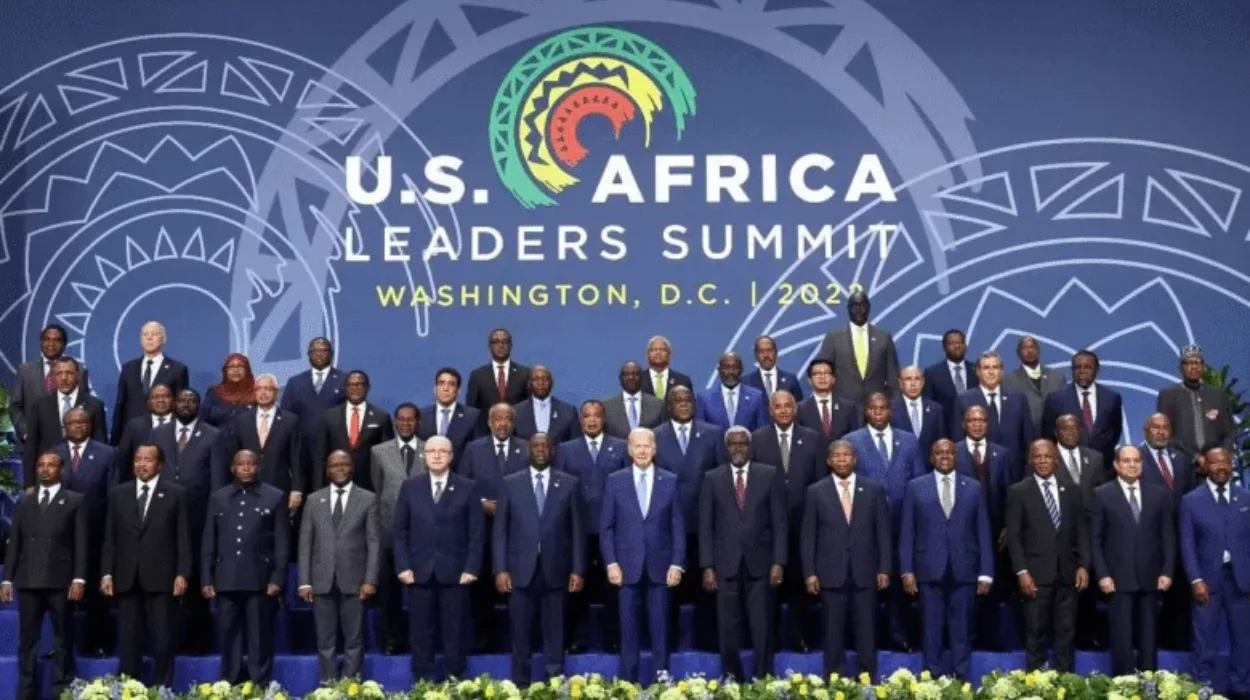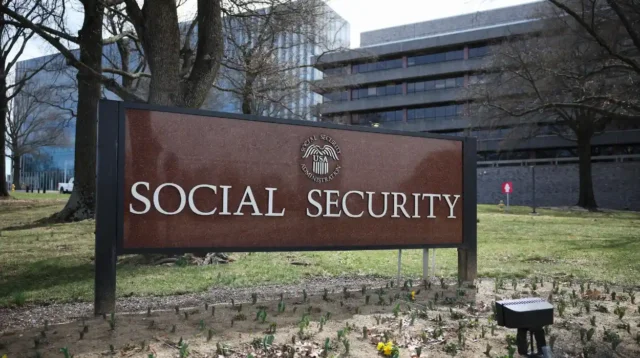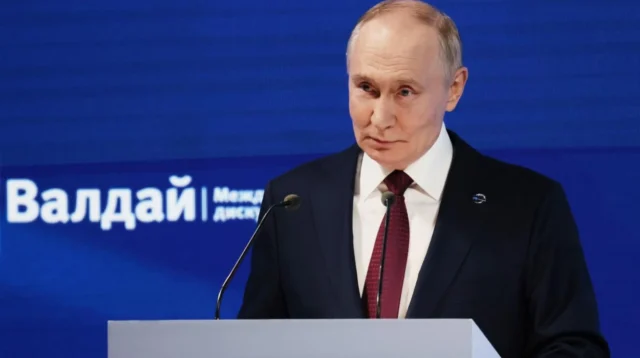In 2025, the US-Africa Business Summit saw more than 2.5 billion dollars of investment agreements which enhanced a refined economic relationship between the US and the African continent. Against this background of changing priorities in global trade and post-pandemic economic adaptation, the summit was characterized by an increased U.S. interest in mutually beneficial economic cooperation with Africa in a variety of spheres.
Contracts that are signed in the summit represent various investment interests. The investment scene was characterised by infrastructure and energy, with most of the investments being in solar and wind power projects in East and West Africa. These activities would also be aligned with the African energy access objectives and the U.S. agenda to promote renewable energy changes in the new markets. Simultaneously, the agricultural sector received specific capital into agricultural systems resiliency, which included an interest in climate adaptive agriculture and digital supply chain solutions.
Technology alliances have also been growing, and deals that facilitate fintech scaling, cross-border e-commerce and digital education infrastructure have been encouraged. In accordance with the long-term capacity building theme of the summit, American technology companies joined forces with African startups and government agencies to share knowledge and develop infrastructure.
Trade liberalization and market access in focus
The 2025 summit marked the turning point in terms of aid-based relations to growth based on trade. The topic of African Continental Free Trade Area (AfCFTA) was constantly mentioned as the base of regionalization and opening the trade into the external environment. U.S. representatives stressed that they supported the work of AfCFTA on regulatory harmonization, believing that it was a critical step to reducing barriers to entry by American business.
Simultaneously, the African leaders wanted to obtain greater market access and more advantageous conditions of trade. Some of them supported the reform of current trade preferences, including the African Growth and Opportunity Act (AGOA) to make it more accommodating to new African exports and consistent with regional production capabilities. Any proposal to simplify the customs procedures and to create digital trade corridors was well-received, especially by West African coastal economies that wanted to increase connectivity with the world through shipping.
Building resilient trade ecosystems
The attempts to modernize ports, logistics networks, and digitalize the trade documentation systems were also preempted at the summit. The purpose of these initiatives is to cut transaction costs and enhance competitiveness of intra-African and transcontinental trade. As pilot projects, collaborative digital platforms to monitor trade data and implement standards were to be connected in selected corridors, between the U.S. and African customs agencies in real time.
It is a trade-focused approach that will indicate the transition to more equal relations, in which African countries will insist on being agency participants in determining the conditions of trade as well as priorities in developing infrastructure. The integration of small and medium-sized enterprises (SMEs) in trade discussions also emphasised the attitude towards the democratisation of access to export opportunities.
Investment environment and institutional enablers
There were other African states who had recently announced reforms intended to lure U.S. investment. These were some changes in investment codes, simplified registration procedures and enhanced intellectual property safeguards. The reason behind such changes is to assure foreign investors and reduce bureaucracy.
Nigeria, Kenya, Ghana, and Rwanda announced key moves to demonstrate regulatory predictability, anti-corruption measures, and digital governance projects as the focus of their national investment policies. Investor-state dispute mechanisms and open procurement systems were promises that American investors reacted well to.
In the meantime, the United States International Development Finance Corporation (DFC) and the Export-Import Bank promised to provide more risk management instruments and co-financing programs to American firms venturing into African markets. These institutions are very important in closing investment gaps especially in frontier investments like clean energy and high tech manufacturing.
Role of regional institutions and public-private interfaces
Multilateral development banks and pan-African institutions also had the presence of multilateral development banks and pan-African institutions at the summit. Afreximbank and Afrexport-import bank (African Export-Import Bank and African Development Bank) described the collaboration in terms of financing structures wherein special emphasis was given to blended finance models where concessional capital and commercial capital merge.
The summit encouraged a more intimate collaboration between government organizations and corporate coalitions. The American chambers of commerce and African industry federations were determined to create collective sectoral roadmaps, particularly pharmaceuticals, agritech and transport. The objectives of these partnerships are to form sector standards, policy feedback mechanisms, and commercial diplomacy platforms, which last beyond the summit itself.
Development-centered business models and inclusive growth
It was a notable feature of the 2025 US-Africa Business Summit to frame investments into the context of environmental, social, and governance (ESG). Most of the signed contracts contained elements on community benefit, environmental protection and local jobs.
Firms in extractives and infrastructure industries made commitments of community reinforcement, protection of biodiversity and gender-sensitive recruitment procedures. ESG benchmarking did not engage in mere rhetoric, financial institutions were determined to implement due diligence procedures and demand disclose of ESG as a condition of loans.
Cross cutting theme was women and youth entrepreneurship. There were new funds that were declared to assist women-run enterprises and start-up accelerators. U.S. government agencies such as USAID initiated grant programs associated with digital skills training, financial inclusion, especially in underserved regions.
Aligning private growth with public impact
The narrative of the summit emphasized the fact that profit-seeking investment can be in line with sustainable development. There are collaborations in the health sector, such as localized pharmaceutical manufacturing, pandemic preparedness and supply chain localization. Such efforts do not only bridge market gaps, but also enhance resilience of the public health and lessen the reliance on imports.
Climate finance schemes were also investigated by investors and governments as a way to fund adaptation and mitigation projects such as coastal resilience projects and drought-resistant crop projects. These point to the new norm of developing economies based on environmental sustainability.
Navigating future risks and sustaining engagement
The 2025 US-Africa Business Summit stressed hope, yet reality regarding the danger to the bilateral economic relations. The external risks that necessitated adaptive planning involved trade tensions in Asia, supply chain shocks that are climate-related and financial constraints by some African states.
It was agreed that the summit model should become a more continuous platform. Annual regional meetings, cross-sector working groups, and electronic surveillance to monitor deal implementation were called. Respondents accepted that credibility and momentum will be critical in having access to the outcomes of the project and transparency of the financing structures.
Even the very form of the summit, being organized as a blend of top-level political communication and matchmaking among the representatives of the business world, was hailed as a way to strike a balance between diplomatic signaling and commercial practicality. These types of hybrid models are now considered to be good guidelines to the economic interaction in the world.
The 2025 US-Africa Business Summit marked more than a moment of investment, it laid out a framework for a deeper reimagining of how two regions engage in trade, technology, and development. With sectoral diversity, policy commitments, and ESG imperatives guiding the new wave of partnerships, the summit reflected a growing maturity in transatlantic economic relations. As implementation unfolds, the question now centers on how agile and inclusive these engagements can remain in a rapidly shifting global landscape.





